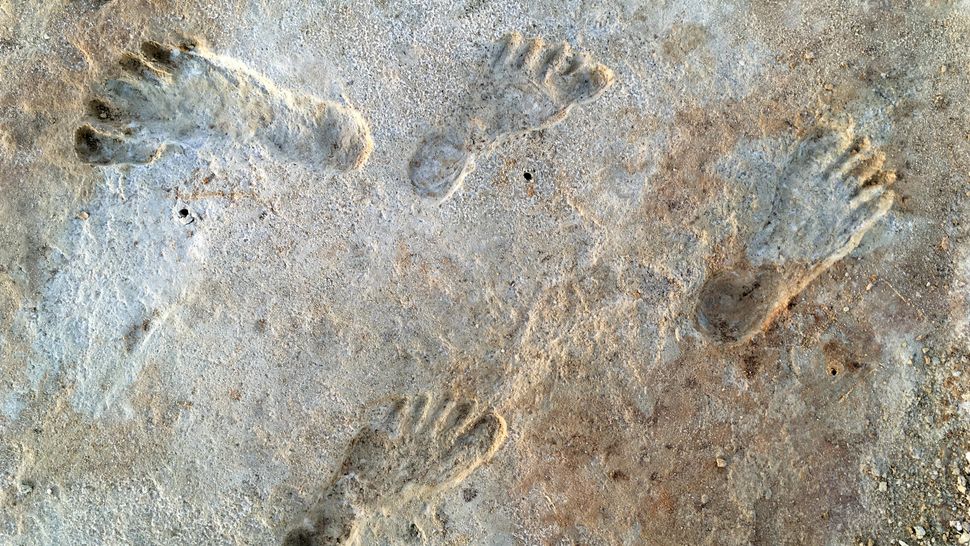The 1st Americans were not who we thought they were [View all]
For decades, we thought the first humans to arrive in the Americas came across the Bering Land Bridge 13,000 years ago. New evidence is changing that picture.

Fossilized human footprints at White Sands National Park in New Mexico date to around 21,000 to 23,000 years ago. (Image credit: National Park Service)
During the last ice age, humans ventured into two vast and completely unknown continents: North and South America. For nearly a century, researchers thought they knew how this wild journey occurred: The first people to cross the Bering Land Bridge, a massive swath of land that connected Asia with North America when sea levels were lower, were the Clovis, who made the journey shortly before 13,000 years ago.
According to the Clovis First theory, every Indigenous person in the Americas could be traced to this single, inland migration, said Loren Davis, a professor of anthropology at Oregon State University.
But in recent decades, several discoveries have revealed that humans first reached the so-called New World thousands of years before we initially thought and probably didn't get there by an inland route.
So who were the first Americans, and how and when did they arrive?
Genetic studies suggest that the first people to arrive in the Americas descend from an ancestral group of Ancient North Siberians and East Asians that mingled around 20,000 to 23,000 years ago. They crossed the Bering Land Bridge sometime between then and 15,500 years ago, said David Meltzer, an archaeologist and professor of prehistory in the Department of Anthropology at Southern Methodist University in Dallas and author of the book "First Peoples in a New World, 2nd Edition" (Cambridge University Press, 2021).
But some archaeological sites hint that people may have reached the Americas far earlier than that.
For instance, there are fossilized human footprints in White Sands National Park in New Mexico that may date to 21,000 to 23,000 years ago. That would mean humans arrived in North America during the Last Glacial Maximum (LGM), which occurred between about 26,500 to 19,000 years ago, when ice sheets covered much of what is now Alaska, Canada and the northern U.S.
https://www.livescience.com/archaeology/the-1st-americans-were-not-who-we-thought-they-were
